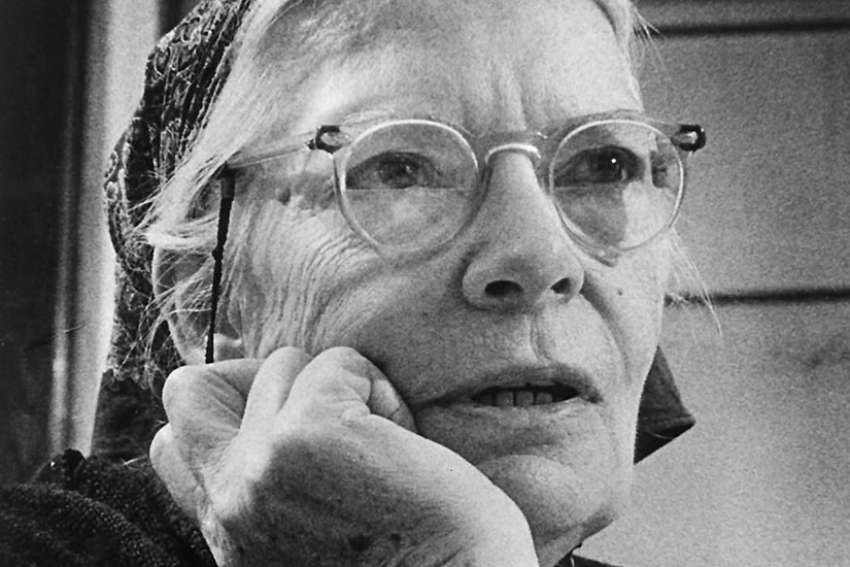Flannery O’Connor, Thomas Merton and Dorothy Day, the latter two converts, wrote with a passion that exploded off the page like a breath from the Holy Ghost.
Each played an important part in my decision to become Catholic. From what I have read, Merton alone can account for myriad vocations in the 1950s by people who were inspired by his journey from introspective bon vivant to Catholic monk and priest.
For me it began with Merton’s best-known work, The Seven Storey Mountain. Some have compared this autobiographical work to St. Augustine’s Confessions, in that both works track the life of dissolute young men doing everything they can to find God and at the same time hide from Him. Merton wrote his masterpiece, and many other works, while a monk and priest at a Trappist monastery, the Abbey of Gethsemani in Kentucky.
I visited the abbey years ago, long after Merton had passed, praying the rosary and wandering the stunning countryside. Those days will always be important to me because it was in front of the abbey that I decided to become a Catholic.
O’Connor was cradle-born but grew up in Georgia where the dominant culture was Protestant. She wrote mainly short stories that were charged with Christian imagery, terror and the gothic backdrop of the American South. Even her less shocking stories had an eeriness that stuck with me for weeks — like a dream that cannot be recalled although images continue to come into view.
Day was a journalist and social activist. She is best known for her autobiography, The Long Loneliness. Day lived hard and drank hard with some of the great writers of her time. She was pregnant twice out of wedlock, the first ended in abortion and the second she saw through even though the father had no interest in marriage or the child.
The birth of her daughter became Day’s call to change her life and find refuge in the arms of the Catholic Church. She created houses of hospitality in lower Manhattan for the poorest of the poor while at the same time launching a newspaper, The Catholic Worker, to offer Catholicism as a true alternative to godless communism.
Years ago I purchased a book that looked at the lives of all three of these writers. It is a true gem.
The Life You Save May Be Your Own: An American Pilgrimage, by Paul Elie, is a biography of the three writers and also Walker Percy — a physician and Southerner, raised Protestant, who found the Church and wrote novels informed by his new faith. His best-known work is The Moviegoer, a novel about a New Orleans stockbroker seeking to rise above the tawdry pull of Bourbon Street.
But biography does not quite describe what Elie has done. He has written a kind of Catholic spiritual travelogue in which these four great artists are seen digging their way through the calamities of the world and emerging with voices that open up horizons of holiness in the most worldly of settings. In Elie’s prologue, he quickly captures what is to come:
“In their photographs, they don’t look like people who might make you want to change your life. Flannery O’Connor’s black dress and big glasses suggest a pious and dutiful Georgia daughter. Thomas Merton seems to be uncomfortable in his Trappist habit — all the vitality in the eyes. Walker Percy’s face frames a smile, as if he is just another duffer at the country club, nattering on about the Old South. In her castoff overcoat and kerchief Dorothy Day might be a nun or a social worker, not a radical under surveillance by the FBI.
“Ordinary people on the face of it — but for many of us these photographs are icons, ideals in black and white.”
There are great Catholic writers today. I can think of such men as the Canadian novelist Michael O’Brien and essayist and biographer Randy Boyagoda, principal and vice-president of the University of St. Michael’s College at the University of Toronto.
Although some people join the Church through catechism, I needed something of beauty to lead me to the world of dogma and doctrine. These writers provided that.
They still demand to be read and supported because they open eyes and hearts — allowing the lost and lonely to see a vision of Christ in the flesh.
(Lewis is a frequent contributor to The Catholic Register.)


